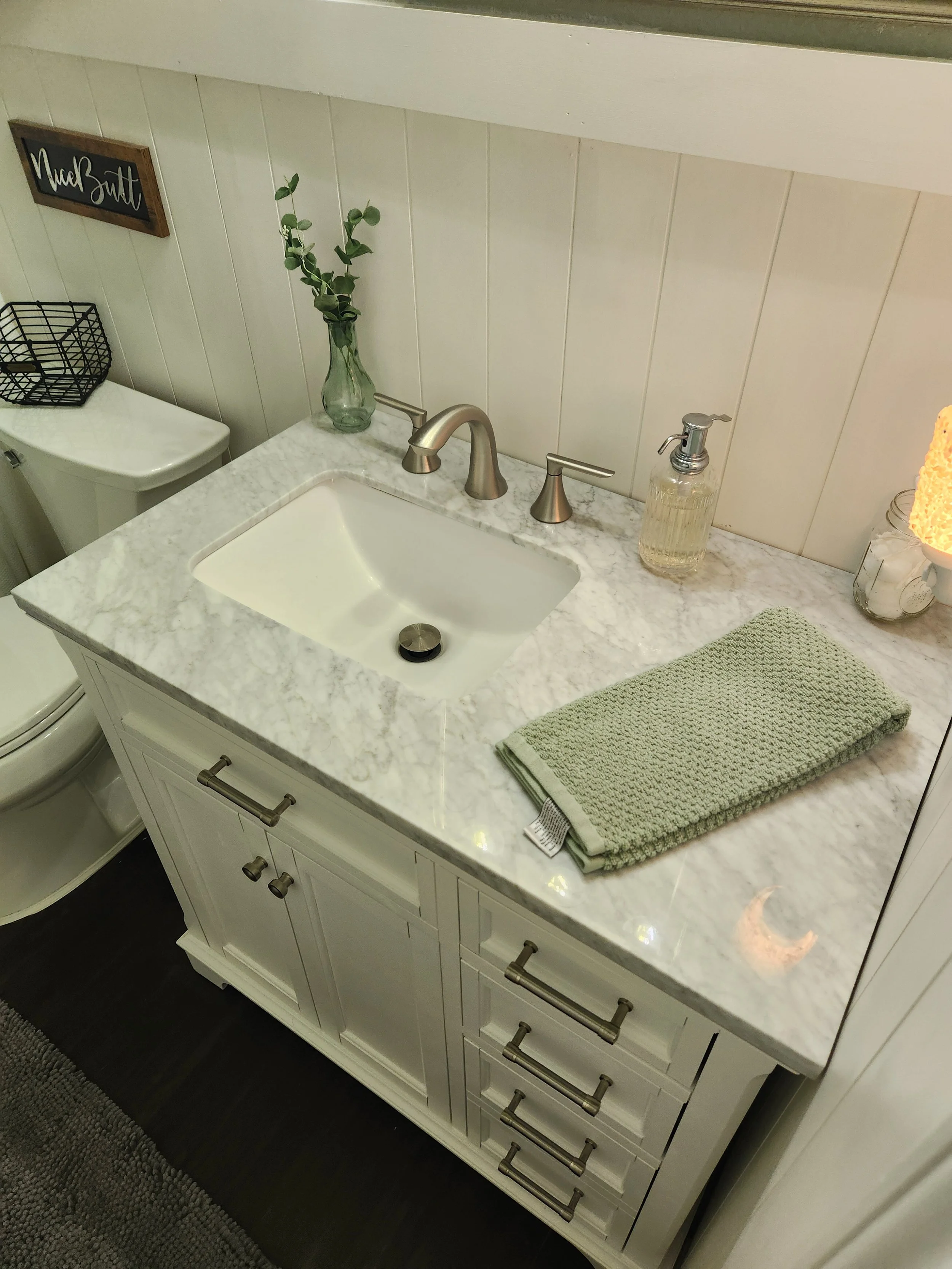Manabloc - Part Deux
If you read my last post on the challenges of Manabloc water distribution systems, you know these systems aren’t without their quirks. From part failures to finding replacement components, and from limited installer familiarity to inconsistent code compliance, it’s clear the dream of a “color-coded plumbing utopia” isn’t always so simple.
The Manabloc water system is an experience.
But if you have a Manabloc system—or you’re responsible for inspecting, repairing, or replacing one—what’s the next step?
Let’s talk solutions, smart planning, and the value of proactive maintenance.
🔧 1. Know What You’re Working With
Start with a full inspection. Identify the brand, model, age, and current condition of your manifold. Is it Viega? Vanguard? Is it PEX-A, B, or CPVC? Not all parts are interchangeable, and supply chains for older systems are drying up fast.
Tip: Take detailed photos, label each port, and record the shut-off valve positions before doing any work. This becomes crucial if replacement parts are no longer available.
🔍 2. Evaluate Your Repair vs. Replace Options
If you're dealing with minor leaks or isolated port failures, you might be able to get by with part-specific repairs—if you can find the parts. (Easier said than done.)
But if your system is approaching 15-20 years old, or you're seeing repeat failures, it might be time to weigh the long-term benefits of a full repipe or manifold swap. While it’s a bigger upfront investment, it could save thousands in future water damage and emergency repairs.
I’ve been fortunate. My system seems to be doing well so I’m going with the “if it’s not broke, don’t fix it” ideology! I’ve been able to have some great dialog with my plumber so I know what to look for.
💬 3. Talk to Your Local Inspector or Building Official
One of the most overlooked (and underutilized) resources is your local building department. If you're planning a remodel or upgrade involving the water system, it’s smart to check in early.
Some municipalities have stricter requirements for systems that were once approved but are now outdated or have poor performance history. Others may recommend alternate manifold setups, or point you to local contractors who know the quirks of your system.
Biggest takeaway? Get to know your inspectors at your municipality. On the few occasions I’ve called “Hey, I have a simple question …”, they’ve been great and very informative.
🛠️ 4. Document Everything
From a code enforcement perspective, poor documentation is a common cause of delays or denials. Whether you’re a homeowner or contractor, document your system layout, repairs, and materials used.
This is especially important when selling the property—future owners (and home inspectors) will thank you.
🏡 5. If You’re Living With One—Be Proactive, Not Reactive
If your Manabloc system is functioning well today, don’t wait for a failure to start caring. Schedule periodic checks. Install a leak detection system. Keep a list of local suppliers and online stores that may carry hard-to-find parts.
Proactive maintenance buys you time—and peace of mind.
Every wall behind the cabinet isn’t pretty, but it’s working the way it needs to.
Weird finding #2 - the extra pipe located above the connection? The a/c unit discharge line … yep, the a/c condensation line goes into the guest bath drain.
DIY Bathroom glow-up
It was an eye-opener and I truly did say a few “choice” words during the process, but it’s done and I love it!
Final Thoughts
Manabloc systems were designed to make plumbing more intuitive and efficient, but they come with their own learning curve. Whether you're troubleshooting, upgrading, or starting from scratch, the key is to be informed, prepared, and willing to ask questions.
If your Manabloc is giving you headaches, you're not alone. Let’s keep the conversation going—share your experiences, your questions, or the solutions you've found.
Because the more we know, the better we flow.
Ready To Get Started?
Sign up for a free consultation to get started.



